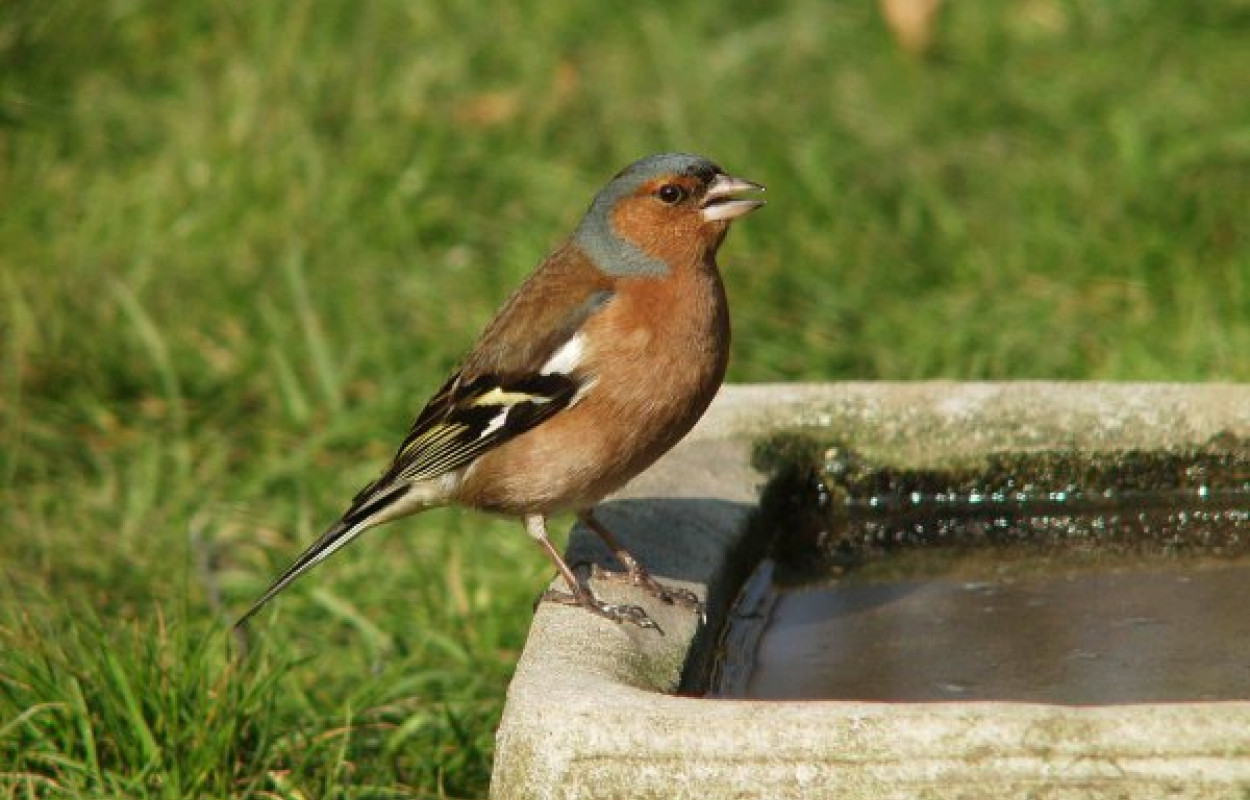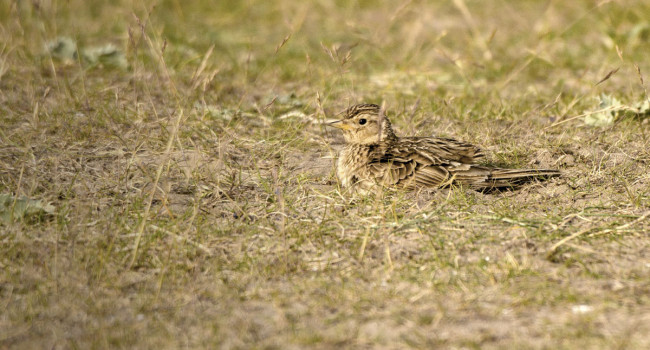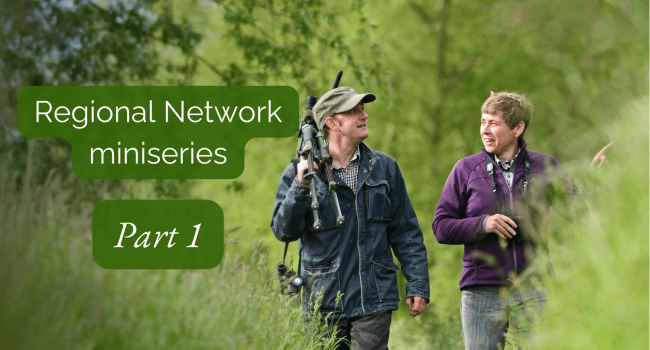Epidemiological Evidence That Garden Birds Are a Source of Human Salmonellosis in England and Wales

Author(s): Lawson, B., de Pinna, E., Horton, R., Macgregor, S.K., John, S.K., Chantrey, J., Duff, P., Kirkwood, J.K., Simpson, V., Robinson, R.A., Wain, J., Cunningham, A.A.
Published: January 2014
Journal: PLOS ONE Volume: 5 ( part 8 )
Article No.: e12215
Digital Identifier No. (DOI): 10.1371/journal.pone.0088968
Salmonellosis is an infection brought about by the bacterium Salmonella enterica and is a commonly diagnosed cause of mortality among garden birds. The disease can also affect humans; infection with any one of over 2,500 types (known as serovars) can cause particular problems for infants, those with compromised immune systems and the elderly.
One of the most commonly isolated serovars, known as Salmonella Typhimurium, has been isolated from both people and bird species (including Greenfinch, Chaffinch and House Sparrow). Salmonella Typhimurium itself occurs in a number of forms, known as phage types, and some of the phage types found in wild birds have also been found in humans. What is unclear, however, is the extent to which wild birds might act as reservoirs for Salmonellosis in humans.
New research, involving the BTO and led by the Institute of Zoology, aims to address this through a study that is especially relevant given the growing popularity of garden bird feeding, bringing people in ever closer contact with wild birds. This work characterised and compared phage types isolated from humans and garden birds suffering from Salmonellosis, and also examined the timing and geographical occurrence of infection across these two groups. Results showed that the phage types matched in a high proportion of cases, and that there was a similar spatial and temporal pattern to the infections, supporting existing evidence that garden birds can act as a reservoir for Salmonellosis in humans.
The incidence of infection was low, however. Further research is needed to identify how Salmonella might transmit from birds to humans; it could occur through handling sick or injured birds, or from washing bird feeders in kitchen sinks. There are other possible ways too, such as contact with contaminated soil when gardening. This study therefore highlights how important it is to be aware of the potential for disease transmission between birds and humans, and the need for good hygiene, especially for people like ringers, who frequently handle wild birds.
If you find a sick or injured bird, please report it to through Garden Wildlife Health, a joint project between the Institute of Zoology, BTO, Froglife and RSPB. Don’t forget to check dead birds to see if they are ringed, details of which can be submitted via the Ringing Scheme pages.







Share this page